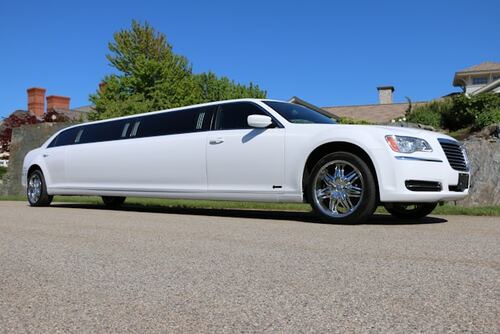You are not alone. Many customers have seen a suspicious charge named “WUVISAAFT” on their bank statements. This obscure acronym can be perplexing and even concerning for many people. Understanding the charge is critical. It enables you to manage your finances and keep your accounts secure. Let’s take a look at some banking terminology to help you understand the WUVISAAFT fee.
What Does “WUVISAAFT” Stand For?
First, let’s break down the acronym. “WUVISAAFT” is unusual outside of banking. Seeing it on your statement may raise questions. Here’s a breakdown:
WU: Western Union.
VISA: VISA Inc.
AFT: Automated Funds Transfer.
So, when combined, “WUVISAAFT” means “Western Union VISA Automated Funds Transfer.” This provides some insight into the charge’s nature. It indicates that it is a transaction. Western Union facilitated the transaction using VISA’s automated system.
Understanding Western Union
Western Union is a well-established financial institution. Its money transfer services are widely renowned. Western Union allows people to send and receive money from all over the world. They do so in situations when traditional banking may not be available or convenient. People rely on Western Union services. They utilize them to send money to relatives abroad or to make emergency payments.
The Role of Visa
VISA is one of the world’s leading payment technology firms. They provide the necessary infrastructure for electronic financial transactions. It supports transactions using VISA-branded credit, debit, and prepaid cards. When you use your VISA card to make a payment, whether online or in person, VISA moves money. It connects your account to the merchant’s account.
Putting it Together: A Closer Look at WUVISAAFT.
We now know that “WUVISAAFT” refers to both Western Union and Visa. Let’s see when this charge might appear on your bank statement.
International Money Transfers: If you recently sent money overseas using Western Union with a VISA card, the “WUVISAAFT” charge may have been the related cost for this service. Western Union frequently works with major card networks. For example, it works with VISA to handle these transactions. The price covers the expense of the transfer.
Receiving Funds: If you received money over Western Union, the sender may have used a VISA card. In this situation, the incoming funds may be linked to the “WUVISAAFT” charge. It is the charge that Western Union deducted for processing the transfer.
Online Purchases: Online purchases conducted with a VISA card using Western Union’s platform may result in a “WUVISAAFT” charge. This circumstance is common when purchasing goods or services from international sellers. They prefer or only utilize Western Union for payment.
ATM Withdrawals: If you used your VISA card at a Western Union-branded ATM, such as those found in convenience stores and airports, the “WUVISAAFT” charge may display. These ATMs frequently charge convenience fees for withdrawals. You might list the cost in this manner on your bill.
What to Do If You See a WUVISAAFT Charge?
An unexplained charge on your bank statement can be worrisome. However, you can take the following measures to clarify the situation:
Examine Recent Transactions: Check your recent transactions to determine whether there are any payments or receipts that correlate to the “WUVISAAFT” charge. This can assist you determine the origin of the transaction.
Contact your bank: If you are still unclear about the charge, contact your bank’s customer care. They can give detailed transaction information. These contain the date, amount, and origin. Banks are also equipped to deal with unlawful charges.
Check with Western Union. If you have a charge from a Western Union transaction, contact their customer support for clarification. They can check that the charge is legitimate. They can also provide transaction details.
Dispute unlawful Charges: If you feel the “WUVISAAFT” charge is unlawful or fraudulent, please contact your bank immediately. Most banks offer methods for challenging charges. They can assist you in safeguarding your account.
Tips for Secured Transactions
To avoid confusion about additional charges on your bank statement, follow these safe transaction tips:
Keep records of all your financial transactions, including receipts, confirmation emails, and transaction numbers. If you notice any discrepancies, you can use these documents as references.
Monitor Your Accounts: Access your bank statements and transaction history online. Quick discovery of illegal charges helps avert future problems.
Use Trusted services: When sending money or making purchases online, stick to renowned and safe services. Search for safe payment symbols, such as the padlock icon in the address bar.
Be Wary of Sharing Sensitive Financial Information: If you are unsure about the recipient’s validity, do not share it. Scammers frequently target individuals with phishing emails and bogus websites.
In conclusion.
The “WUVISAAFT” item on your bank statement may appear puzzling at first. However, understanding its beginnings can help to clarify things. It could be a cost for foreign money transfers, online purchases, or ATM withdrawals. The acronym refers to a transaction. It involves the cash transfer systems of Western Union and Visa.
If you confront this charge and have any questions or concerns, contact your bank or Western Union for assistance. Keep yourself informed and vigilant. Then you can carry out your financial transactions with confidence and security.




